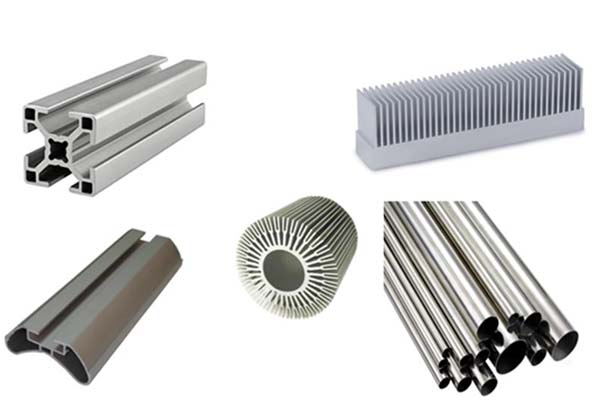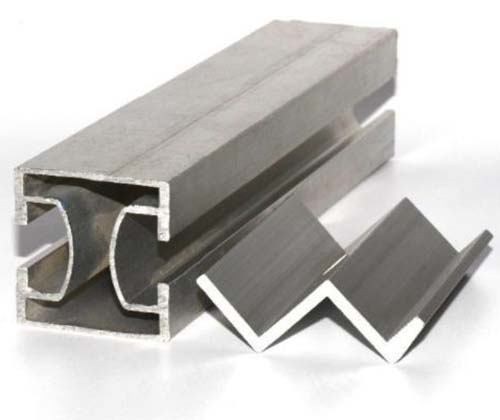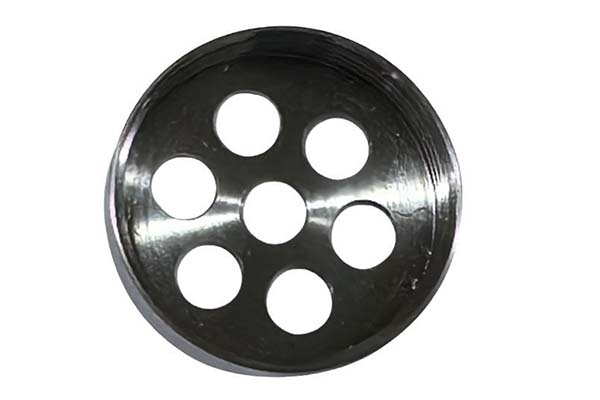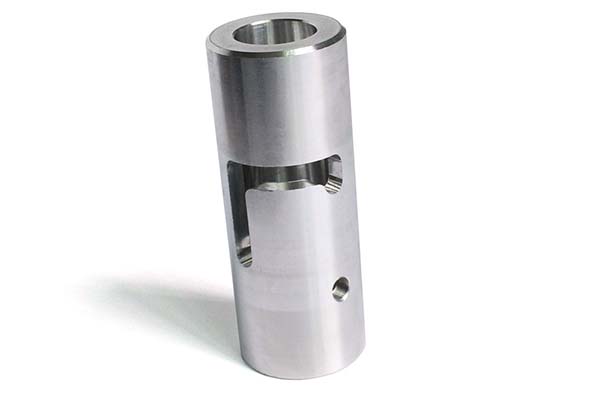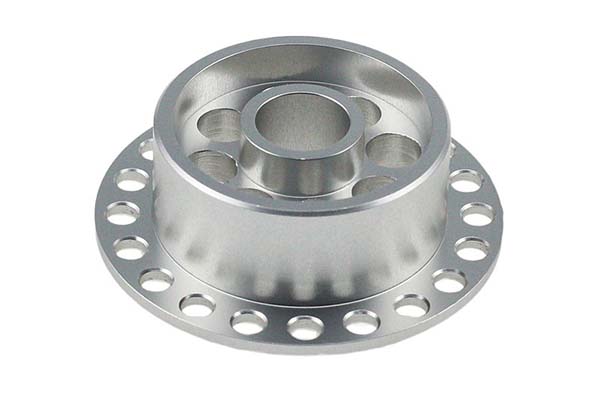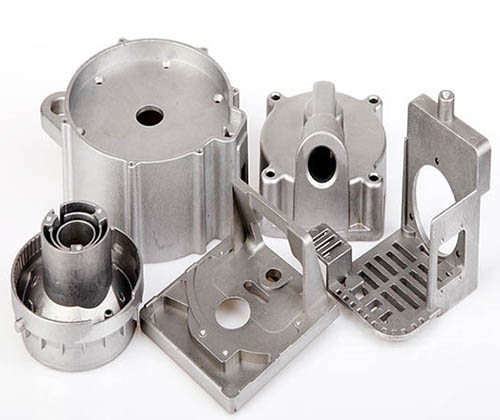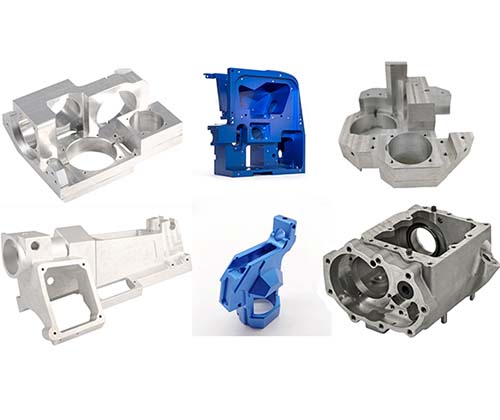You’ve turned to zinc-aluminum alloys (ZA) for their promise of higher strength than standard ZAMAK, expecting parts that can handle heavier loads and higher temperatures. But your production is struggling: the molten alloy doesn’t flow smoothly into thin sections, leaving incomplete castings. Some parts are strong but brittle, shattering under impact, while others have inconsistent tensile strength batch to batch. Maybe the die is wearing out faster than expected, or the cycle time is so long it’s hard to meet deadlines—undermining ZA’s reputation as a high-performance alloy.
ZA alloys—zinc-aluminum blends with higher aluminum content than ZAMAK—fill a critical niche in die casting, offering strength that rivals some aluminum alloys while retaining zinc’s castability. Their tailored alloy composition (typically 80-95% zinc, 5-22% aluminum, plus trace elements) delivers enhanced mechanical properties for demanding applications. But unlocking their potential requires mastering the die casting process, from cold-chamber setup to post-treatment. In this guide, we’ll dive into die casting ZA alloys, helping you create parts that leverage their unique strength and durability for heavy-duty use.
Material Properties: The Strength of ZA Alloys
ZA alloys stand out among zinc-based alloys due to their robust material properties—a balance of strength, heat resistance, and castability that makes them ideal for high-stress applications:
- Mechanical performance: ZA alloys’ strength scales with aluminum content. ZA-8 (8% aluminum) offers a tensile strength of 380 MPa, yield strength of 240 MPa, and elongation of 10%—stronger than ZAMAK 3. ZA-12 (12% aluminum) boosts hardness to 100 HB (vs. 82 HB for ZAMAK 5) and tensile strength to 420 MPa, suitable for load-bearing parts. ZA-27 (27% aluminum) is the strongest, with 450 MPa tensile strength and 110 HB hardness, but it’s more brittle (elongation of 2-3%). All ZA alloys have a density of 5.0-6.0 g/cm³—lighter than ZAMAK (6.6 g/cm³) but heavier than aluminum, giving them a solid feel in hand tools and mechanical parts.
- Heat resistance and structure: ZA alloys outperform ZAMAK in high-temperature applications, with ZA-27 retaining strength up to 150°C (vs. 100°C for ZAMAK). Their grain structure—fine and uniform when properly cast—enhances creep resistance (resistance to deformation under constant load), critical for parts like automotive components under continuous stress. ZA-27’s eutectic composition (27% aluminum) gives it better thermal stability, making it suitable for warm environments like engine bays.
- Casting fluidity and corrosion resistance: ZA alloys have good casting fluidity, though lower than ZAMAK due to higher aluminum content. They flow best at 450-500°C, filling sections as thin as 1 mm—enough for most industrial equipment parts. Their corrosion resistance is comparable to ZAMAK: they form a protective oxide layer but benefit from plating (chrome or nickel) for outdoor use. ZA-27 offers better thermal conductivity (120 W/m·K) than other ZA alloys, aiding heat dissipation in electrical housings.
Die Casting Process: Adapting to ZA’s Needs
ZA alloys’ higher aluminum content requires cold-chamber die casting—a process better suited to their higher melting point (380-500°C) than ZAMAK’s hot-chamber method:
- Cold-chamber advantages: In cold-chamber die casting, molten ZA is ladled into a shot sleeve outside the furnace, avoiding aluminum’s corrosive effect on hot-chamber components. This allows use of higher aluminum content alloys like ZA-27. Key parameters include injection speed (1-3 m/s) and injection pressure (50-100 MPa)—higher than ZAMAK to ensure full cavity filling. The die (H13 tool steel) is preheated to 200-250°C to prevent cold shuts, with die maintenance (polishing, lubrication) critical to prevent sticking.
- Die design and controls: ZA’s slightly lower fluidity demands precise die design. Draft angles of 1-2° (larger than ZAMAK) ease ejection, while venting (0.15 mm gaps) prevents gas entrapment—critical for avoiding porosity in thick sections. The gating system should use tapered runners to maintain pressure, with parting lines positioned to minimize flash. Cooling rate is controlled via water channels: slower cooling (20-50°C/s) reduces internal stress in high-aluminum alloys like ZA-27, while faster cooling refines grain structure for strength. Die lubrication (water-based graphite) is applied generously to prevent soldering (alloy sticking to the die).
- Post-casting steps: ZA parts require more post-casting treatment than ZAMAK. Shot blasting (60-100 grit) removes surface oxides, while annealing (100-150°C for 1-2 hours) relieves stress in ZA-27. Plating is easier than with aluminum, thanks to ZA’s smooth as-cast surface (Ra 2-4 μm). Quality control includes ultrasonic testing for internal defects and hardness checks to verify heat treatment—critical for ensuring consistent performance in industrial equipment.
Applications: Where ZA Alloys Excel
ZA alloys’ strength and heat resistance make them indispensable in applications that demand durability under stress:
- Industrial and automotive: Industrial equipment (gearboxes, pump housings, conveyor components) relies on ZA-12 and ZA-27 for their ability to handle heavy loads and moderate heat. Automotive parts like transmission brackets, steering components, and brake system parts use ZA-8 for its balance of strength and castability. ZA alloys’ high-strength-to-weight ratio makes them ideal for replacing cast iron in non-critical structural parts, reducing vehicle weight.
- Mechanical and hardware: Mechanical parts (gears, cams, levers) benefit from ZA-12’s wear resistance and hardness, outlasting ZAMAK in high-friction applications. Hardware components like heavy-duty hinges, locks, and fasteners use ZA-8 for its strength—withstanding repeated use in industrial settings. Their solid specific gravity (5.2-6.0) gives hand tools (wrenches, pliers) a durable feel, improving grip and control.
- Electrical and aerospace: Electrical housings for industrial controls use ZA-8 for its electrical conductivity and heat resistance, protecting components from overheating. Aerospace components (non-critical structural parts, brackets) leverage ZA-12’s strength-to-weight ratio, reducing aircraft weight without sacrificing durability. Even prototyping of metal parts uses ZA alloys to test designs before moving to more expensive materials like steel.
Performance and Benefits: The Advantages of ZA Alloys
ZA alloys offer performance and benefits that make them the top choice for high-stress, high-temperature applications:
- Strength and durability: ZA alloys outperform ZAMAK in strength (up to 450 MPa vs. 320 MPa) and heat resistance (150°C vs. 100°C), making them suitable for parts that ZAMAK can’t handle. Their corrosion resistance—when plated—rivals some stainless steels, extending part life in harsh environments. For example, a ZA-12 gear lasts 2-3x longer than a ZAMAK gear in high-load industrial applications.
- Cost and versatility: ZA alloys are cheaper than aluminum alloys like 380 while offering comparable strength, making them cost-effective for mid-volume production (10,000-100,000 parts). They can be machined, welded, and plated with ease—unlike some aluminum alloys—allowing customization for aesthetics or function. Their ability to replicate complex geometries (like internal gears) eliminates the need for assembly, reducing costs.
- Castability and precision: Despite higher aluminum content, ZA alloys retain good casting fluidity, filling thin walls (1 mm) and sharp corners—critical for electrical connectors and mechanical parts. Their dimensional accuracy (±0.05 mm for small parts) ensures tight fits in assemblies, reducing wear and improving performance. This precision makes them a viable alternative to investment casting for small-batch production.
Yigu Technology’s Perspective: Mastering ZA Die Casting
At Yigu Technology, we specialize in ZA die casting for clients needing high-strength, durable parts. We tailor alloy composition to application—ZA-8 for general use, ZA-12 for wear resistance, ZA-27 for heavy loads—and optimize cold-chamber parameters (injection pressure, cooling rate) to minimize defects. Our die designs feature enhanced venting and gating systems to handle ZA’s fluidity, with rigorous die maintenance to extend tool life. Whether you need industrial equipment parts, heavy-duty hardware components, or automotive gears, we deliver ZA castings that balance strength and cost. Die casting ZA alloys isn’t just about manufacturing—it’s about engineering solutions for the toughest applications.
Frequently Asked Questions (FAQ)
- Why are my ZA-27 parts brittle?
Brittleness in ZA-27 often stems from rapid cooling or high impurity levels. Slow the cooling rate to 20-30°C/s to reduce internal stress, and anneal parts at 120°C for 2 hours to improve elongation. Use high-purity ingots (99.9% zinc, 99.7% aluminum) to avoid iron or lead contaminants, which increase brittleness. Ensure aluminum content stays within 26-28%—too much reduces ductility.
- Can ZA alloys be used in outdoor applications?
ZA alloys have moderate corrosion resistance (better than ZAMAK) but need protection for outdoor use. Chrome or nickel plating (5-10 μm thick) creates a barrier against moisture and salt, extending life in humid or coastal environments. For unplated parts, use ZA-8 (better corrosion resistance than higher-aluminum alloys) and apply a clear sealant to slow oxidation.
- How does ZA compare to ZAMAK and aluminum?
ZA offers higher tensile strength than ZAMAK (450 MPa vs. 320 MPa) and better heat resistance but has longer cycle times and higher die wear. Compared to aluminum alloy 380, ZA-27 has similar strength but is easier to plate and cast into complex geometries. ZA is ideal for mid-volume, high-stress parts—bridging the gap between ZAMAK’s efficiency and aluminum’s performance.
